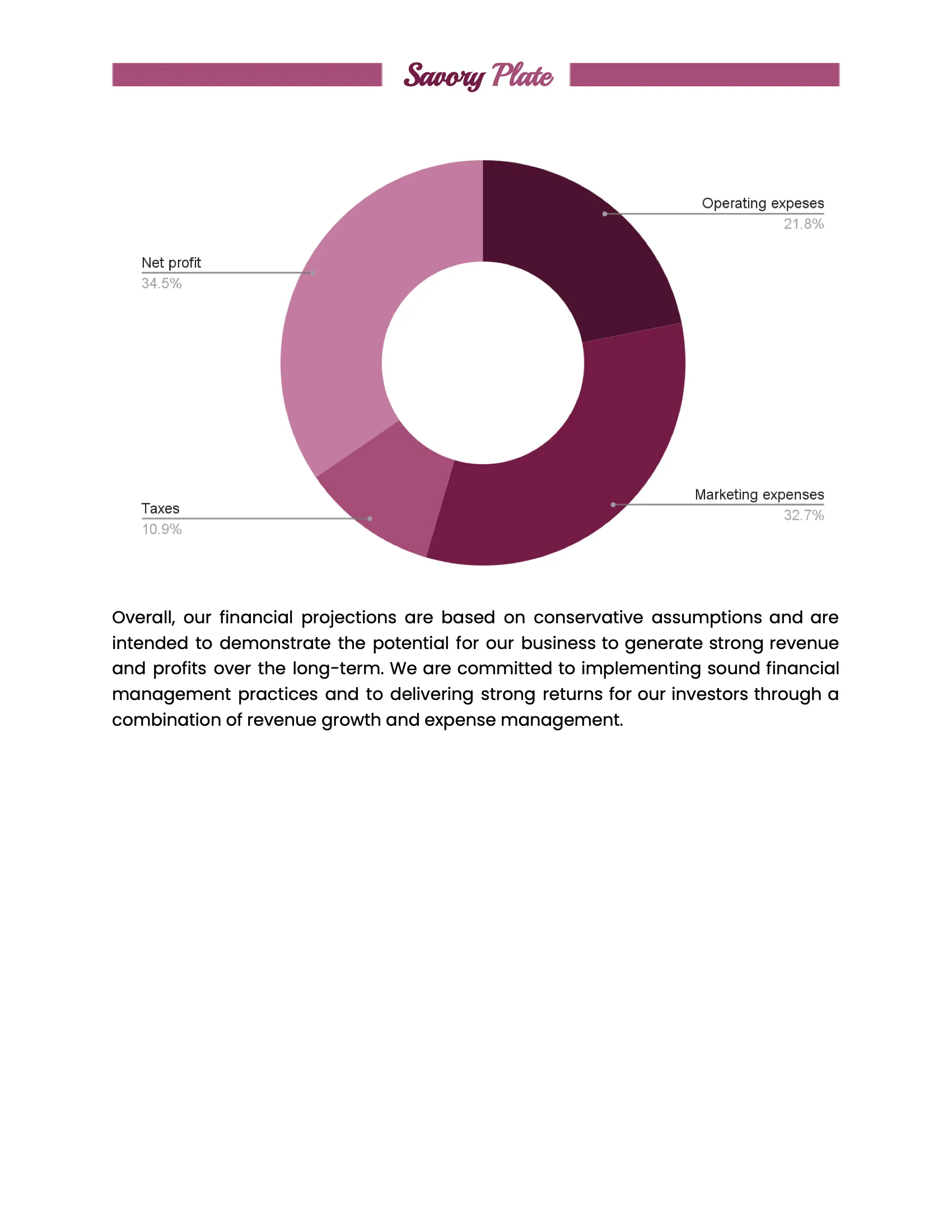
Who doesn‘t need to eat? It‘s as simple as that. Some industries are considered “high risk.“ Others, like a catering business, are constantly needed products. So if you‘re looking to embark on such an adventure, let me help by designing a real content template of a catering business plan in Google Docs.
There was a moment in my life when I started a catering business focused on cereals. That was around ten years ago. However, fast forward to today, catering is much in demand globally.
About the catering business plan template
Here is a brief analysis before we jump into the template. A catering business has pillars that one should focus on. It‘s a game of sales and quality. However, if you had to choose between those two, quality comes first by a wide margin. Why? Word of mouth in this industry is stronger than a million ways of average sales. Hence, this is what this real-content template is built on—the quality of the product.
By the way, an RCT (real-content template) is a term crafted by Albusi. Simply put, they are a merge between templates of no content and real business documents. They‘re a combination of work from our designers and our freelance business consultants.
Now that this is out of the way, let‘s take a look (and download if you wish) the template in Google Docs.
Download the business plan template
Well, it‘s in google docs. So I will simply provide you with a link. You need to go there, select “File“, then “Make a copy.“
Also, continue reading this article to know more about how to use this template properly from me, a ten-year business consultant.
Business plan template guide
Phase 0 – Summarizing the vision
It‘s critical to showcase how you‘ll be different. It‘s quite a competitive sector as it‘s easy to set up. Talent plays a big role when it comes to the best caterers in town. But here‘s the thing, most people require caterers to serve average-to-good food. As long as the role was accomplished, then you‘ve won a customer.
When was the last time you went to a wedding and had food that blew your mind? Restaurants are made to do that. Catering is a solution to a problem. So aim to deliver above-average quality and you‘re good to go.
That being said, there has to be some sort of unique selling point to your catering business.
Phase 1 — Showcasing your execution
This business plan could be sent to a bank or an investor. For that reason, they need to see how you intend to operate this, who you are, and what‘s your experience.
For this phase of the business plan, it‘s all about answering those questions. You‘ll need to introduce your business and prove that you completely understand the operations and execution of this.
Phase 2 — Numbers
If you already did a few jobs, then these are considered traction. Traction is always king. Let‘s say you closed ten catering jobs from three recurring clients. That means your work speaks on your behalf.
To wrap this up perfectly, you need to connect this traction or plan with proper numbers. For numbers, there are two vital sections that ought to be mentioned.
- Market statistics: How‘s the catering business growing as a market? Is it on the rise? Is it showing more of a rise in pandemics for instance? What are the alternatives? Ask yourself another twenty questions then dig into the research.
- Financial plan: How do you intend to make a profit in exact detail? How much will it cost to buy supplies? How much will you averagely make from a “gig“?
Meet The Author Of This Article

I’m Al Anany, the founder and CEO of Albusi.
I like food. I just had Mexican three days ago that‘s quite memorable. So if you‘re ever in Zurich, I‘ll probably be a customer of your catering business (well, actually more of a liability to you as I‘ll just eat your food.)


